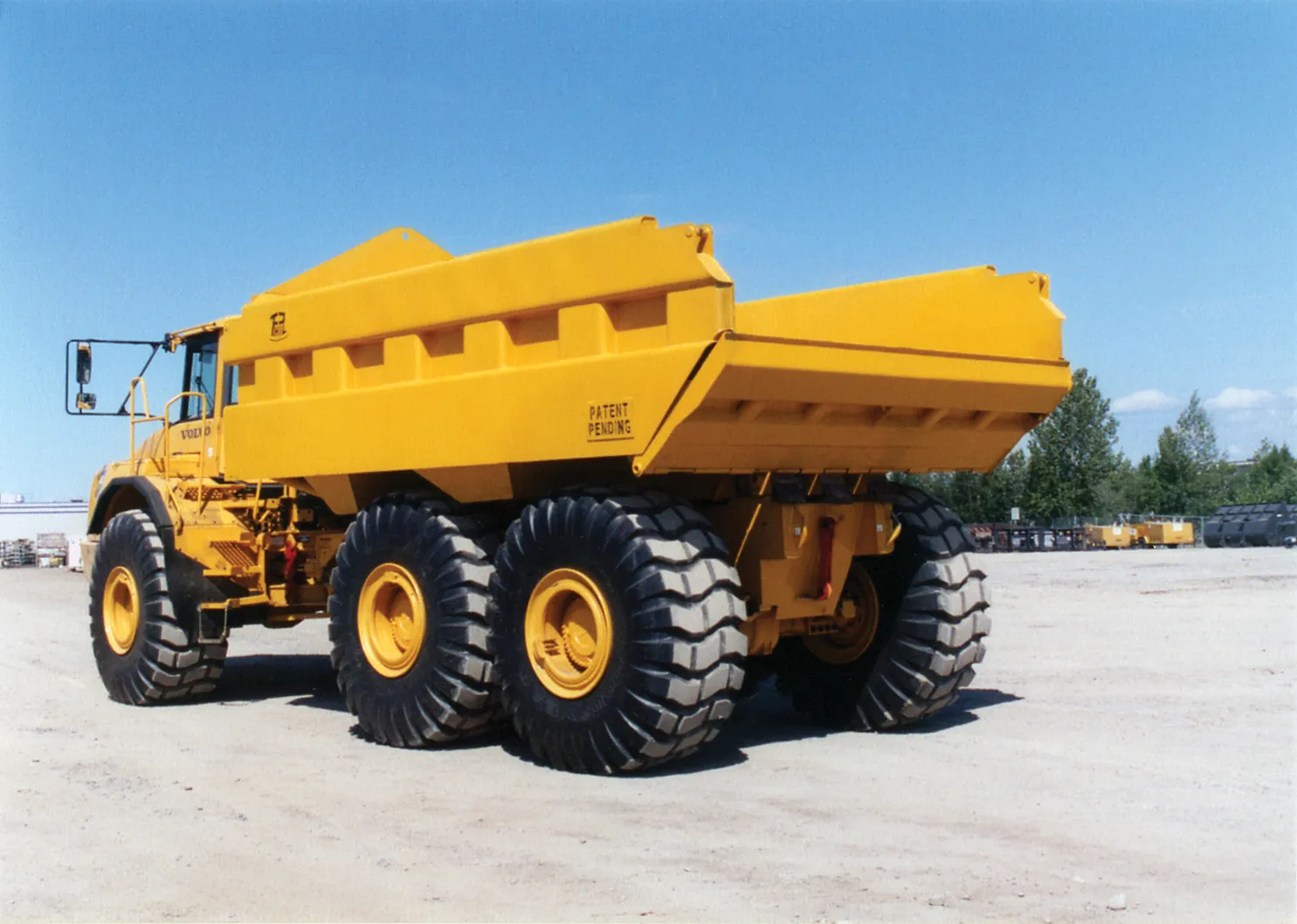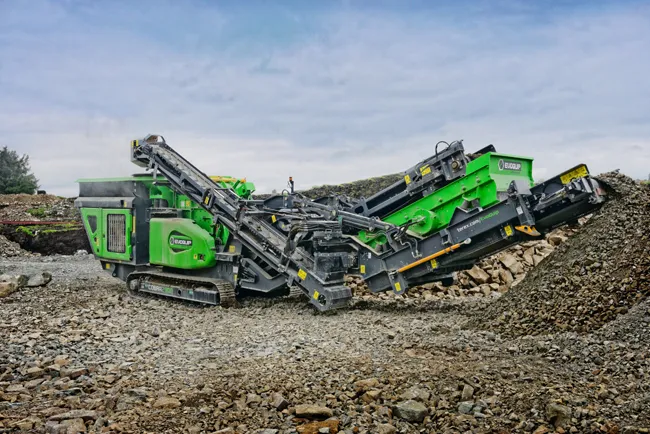Southco has developed what it describes as a complete rotary latch system solution said to meet the growing demands of the off-highway sector for increased machine and construction equipment security, while also providing better safety for operators. The innovative R4 Rotary Latch system, available in a mechanical or electro-mechanical format for interior and exterior use, has three main elements - the rotary latch, cable and actuator.
June 22, 2012
Read time: 2 mins

The innovative R4 Rotary Latch system, available in a mechanical or electro-mechanical format for interior and exterior use, has three main elements - the rotary latch, cable and actuator.
Applications for the rotary latch are said to be extensive and include entry doors, engine covers, baggage doors, access panels, tool boxes, truck hoods and storage compartments.
There is a choice of actuators to meet a variety of user preferences for latch operation. For interior applications, these include paddle actuators in plastic or aluminium, an ergonomically-styled T-handle, a push-button and a squeeze handle.
Meanwhile, actuators for exterior point of entry are available in zinc die-cast as well as stainless steel. This range of actuators offers key locking options for extra security and is suitable for a mechanical override actuation, if used with Southco’s keypads, electronic keys, RF-based control systems and other keyless entry systems.









